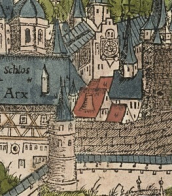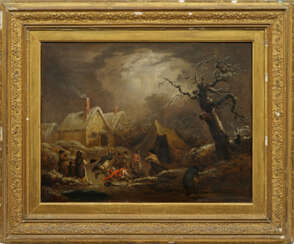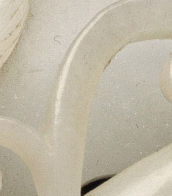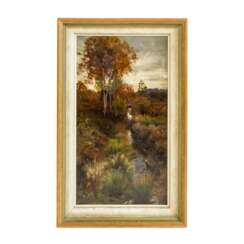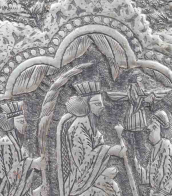orlan
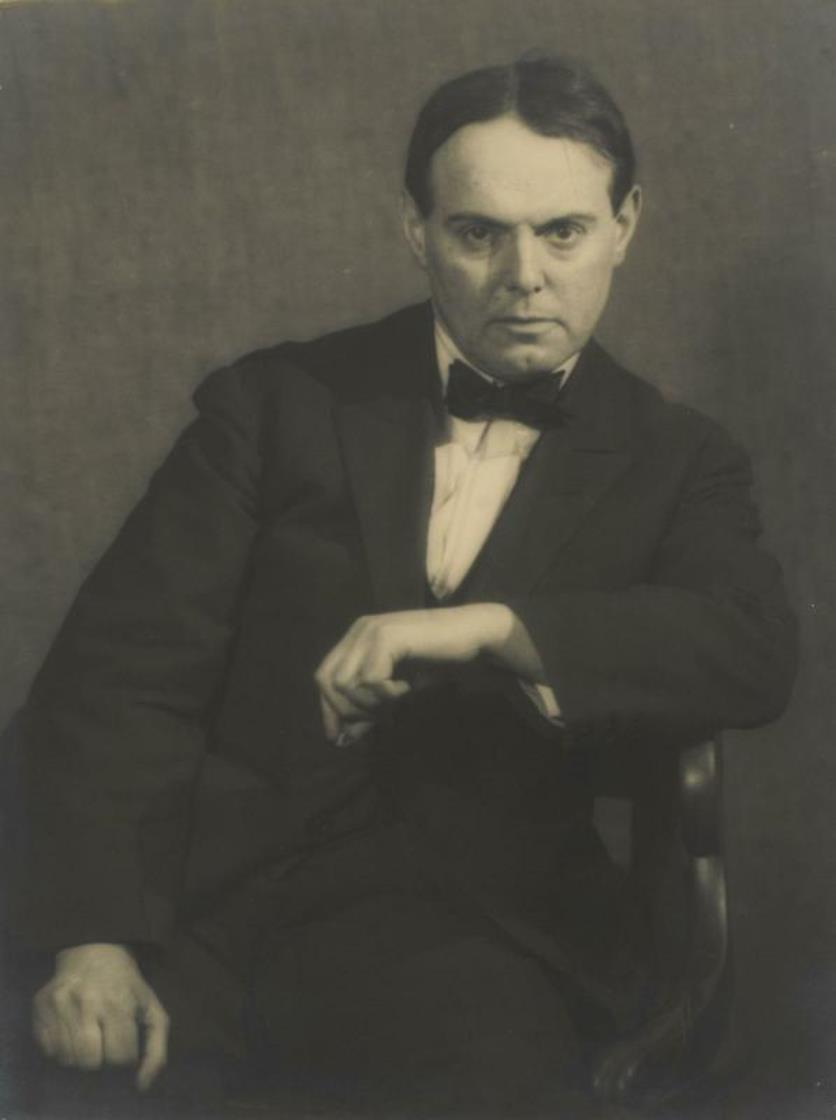
Pierre Mac Orlan, real name Pierre Dumarchey, is a French writer, poet, screenwriter, playwright, artist and journalist.
Pierre Dumarchey spent his youth leading a bohemian lifestyle, but by the age of 20 he had already published several collections of short stories with his own illustrations. He socialized with many contemporary writers and artists, played the accordion, and many of his songs were quite popular in cabarets. In World War
I in 1916, Pierre Dumarchey was wounded, after which he worked as a war correspondent. In the late 1920s, he became an influential critic of film and photography. And later became a famous writer under the pseudonym Pierre Mac-Orlan. Based on his most famous novel Quai des Brumes ("Port of Shadows"), French director Marcel Carné made a movie of the same name in 1938.
In addition to his numerous novels, Mac-Orlan published under various pseudonyms in erotic magazines. Pierre Mac-Orlan was a very prolific writer: in 1969-1971, a collection of his works in 24 volumes was published, which, however, did not include his many erotic works.


Pierre Mac Orlan, real name Pierre Dumarchey, is a French writer, poet, screenwriter, playwright, artist and journalist.
Pierre Dumarchey spent his youth leading a bohemian lifestyle, but by the age of 20 he had already published several collections of short stories with his own illustrations. He socialized with many contemporary writers and artists, played the accordion, and many of his songs were quite popular in cabarets. In World War
I in 1916, Pierre Dumarchey was wounded, after which he worked as a war correspondent. In the late 1920s, he became an influential critic of film and photography. And later became a famous writer under the pseudonym Pierre Mac-Orlan. Based on his most famous novel Quai des Brumes ("Port of Shadows"), French director Marcel Carné made a movie of the same name in 1938.
In addition to his numerous novels, Mac-Orlan published under various pseudonyms in erotic magazines. Pierre Mac-Orlan was a very prolific writer: in 1969-1971, a collection of his works in 24 volumes was published, which, however, did not include his many erotic works.
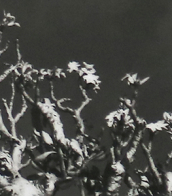
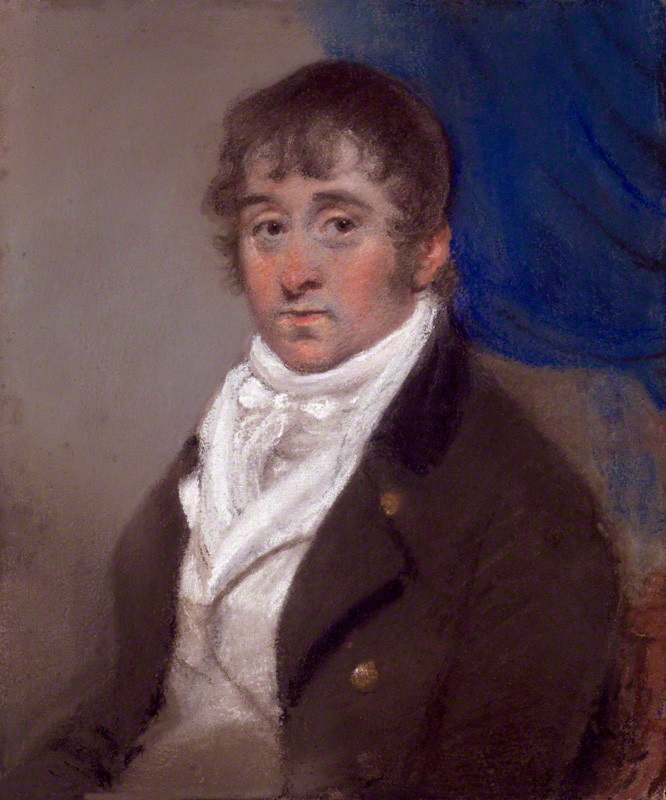
George Morland was an English painter whose favorite subject was the ordinary life of ordinary people.
His best paintings are devoted to country scenes, depicting horses and dogs, peasants at work, children. Moreland's famous painting "The Interior of the Stables" is considered a masterpiece. Moreland's subjects and paintings were a success and hundreds of engravings were printed from them.
During the last eight years of his life Moreland painted about nine hundred pictures, not counting more than a thousand drawings.
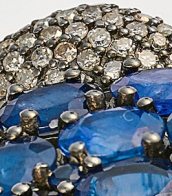

George Morland was an English painter whose favorite subject was the ordinary life of ordinary people.
His best paintings are devoted to country scenes, depicting horses and dogs, peasants at work, children. Moreland's famous painting "The Interior of the Stables" is considered a masterpiece. Moreland's subjects and paintings were a success and hundreds of engravings were printed from them.
During the last eight years of his life Moreland painted about nine hundred pictures, not counting more than a thousand drawings.
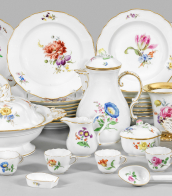

George Morland was an English painter whose favorite subject was the ordinary life of ordinary people.
His best paintings are devoted to country scenes, depicting horses and dogs, peasants at work, children. Moreland's famous painting "The Interior of the Stables" is considered a masterpiece. Moreland's subjects and paintings were a success and hundreds of engravings were printed from them.
During the last eight years of his life Moreland painted about nine hundred pictures, not counting more than a thousand drawings.
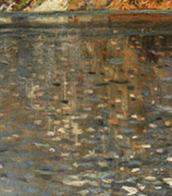

George Morland was an English painter whose favorite subject was the ordinary life of ordinary people.
His best paintings are devoted to country scenes, depicting horses and dogs, peasants at work, children. Moreland's famous painting "The Interior of the Stables" is considered a masterpiece. Moreland's subjects and paintings were a success and hundreds of engravings were printed from them.
During the last eight years of his life Moreland painted about nine hundred pictures, not counting more than a thousand drawings.
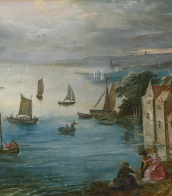
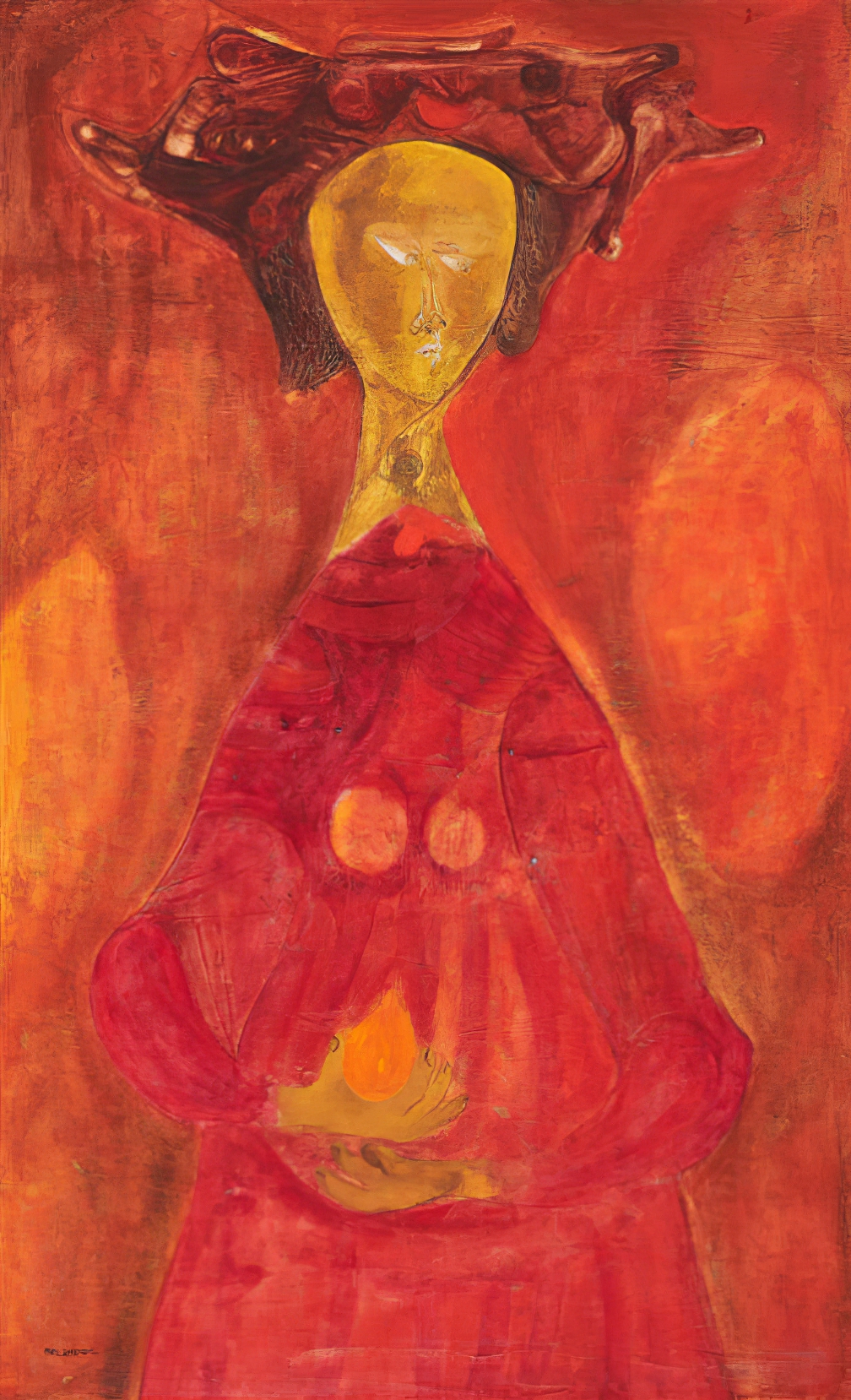
Felipe Orlando, full name Juan de Dios Felipe Orlando García Murciano, was a Spanish-Cuban artist who lived in Spain and devoted himself to writing for a living through painting. He was an anthropologist by training and a musicologist by hobby.
Belonging to the artistic avant-garde movement that emerged in the 1930s, it is difficult to place his painting in the mainstream of young modernists.
Felipe Orlando's painting is characterised by a constant development. It begins with paintings that could be called figurative. They are usually always interior scenes in which women, Afro-Cubans or still lifes take centre stage.
After moving to Spain, his painting develops towards abstraction, especially the informal current, but always presents some figurative reference. Serenity and lyricism prevail in the textures. The titles are suggestive and colour is more important than form.
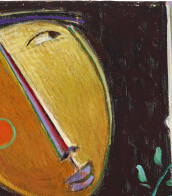

Felipe Orlando, full name Juan de Dios Felipe Orlando García Murciano, was a Spanish-Cuban artist who lived in Spain and devoted himself to writing for a living through painting. He was an anthropologist by training and a musicologist by hobby.
Belonging to the artistic avant-garde movement that emerged in the 1930s, it is difficult to place his painting in the mainstream of young modernists.
Felipe Orlando's painting is characterised by a constant development. It begins with paintings that could be called figurative. They are usually always interior scenes in which women, Afro-Cubans or still lifes take centre stage.
After moving to Spain, his painting develops towards abstraction, especially the informal current, but always presents some figurative reference. Serenity and lyricism prevail in the textures. The titles are suggestive and colour is more important than form.
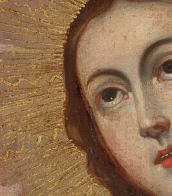

Felipe Orlando, full name Juan de Dios Felipe Orlando García Murciano, was a Spanish-Cuban artist who lived in Spain and devoted himself to writing for a living through painting. He was an anthropologist by training and a musicologist by hobby.
Belonging to the artistic avant-garde movement that emerged in the 1930s, it is difficult to place his painting in the mainstream of young modernists.
Felipe Orlando's painting is characterised by a constant development. It begins with paintings that could be called figurative. They are usually always interior scenes in which women, Afro-Cubans or still lifes take centre stage.
After moving to Spain, his painting develops towards abstraction, especially the informal current, but always presents some figurative reference. Serenity and lyricism prevail in the textures. The titles are suggestive and colour is more important than form.
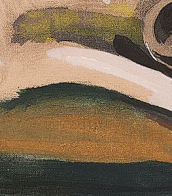
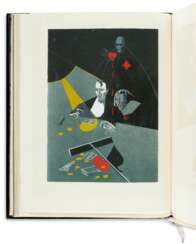

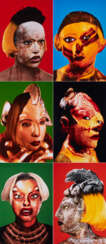

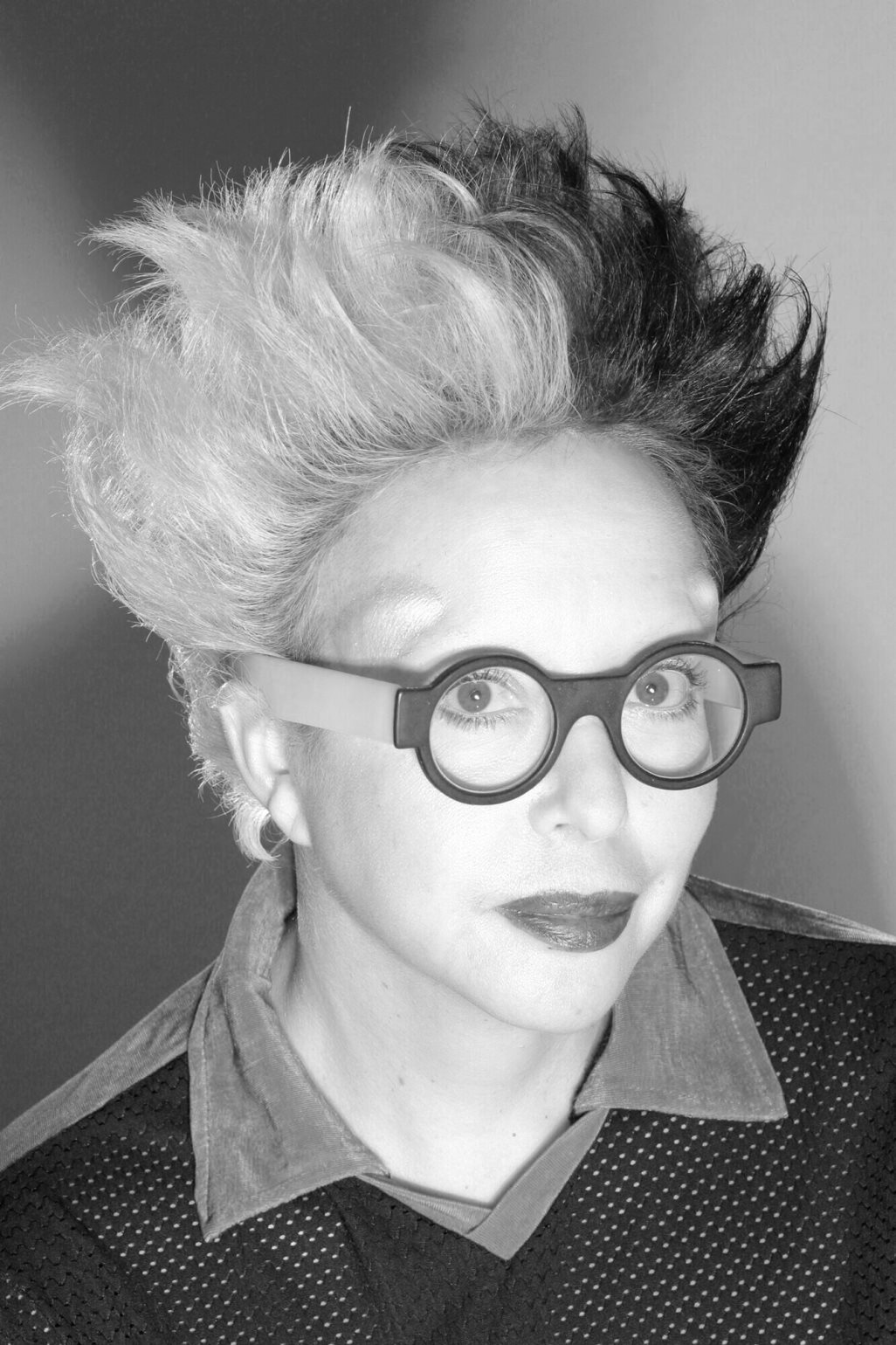
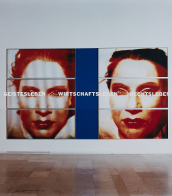
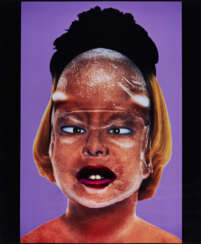

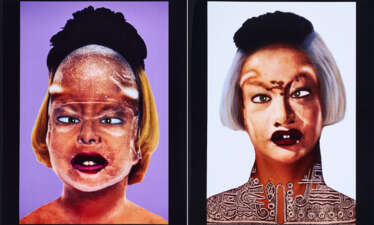

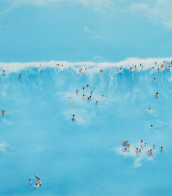


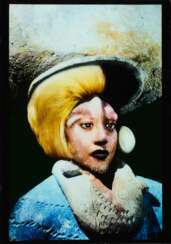

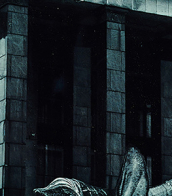
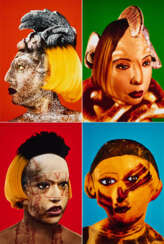

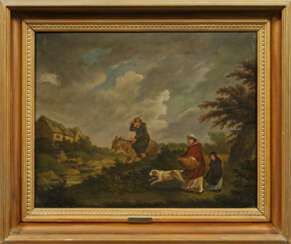

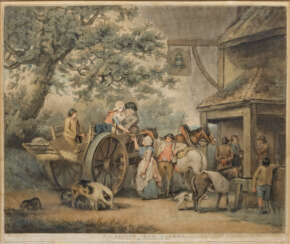

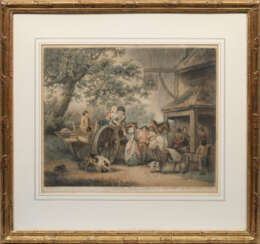

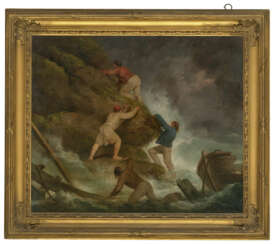

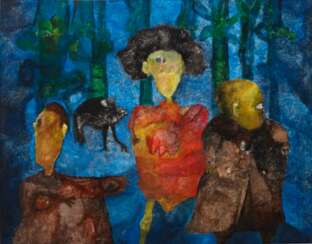

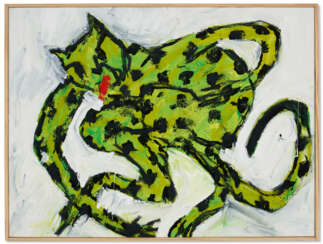

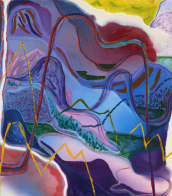
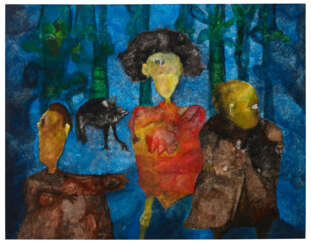

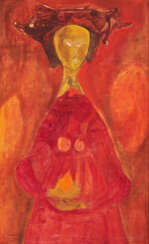



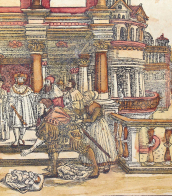


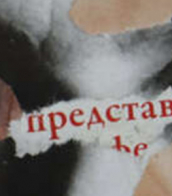
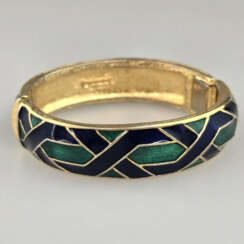


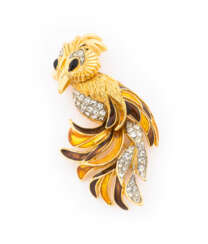


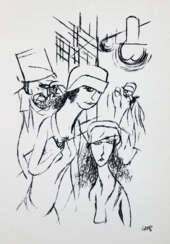


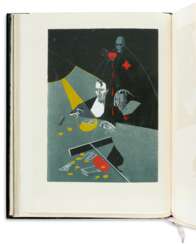

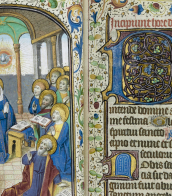
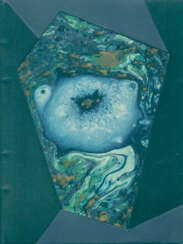

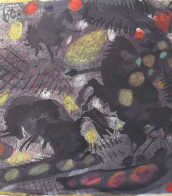
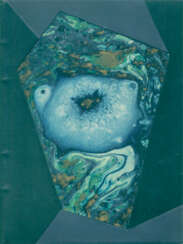


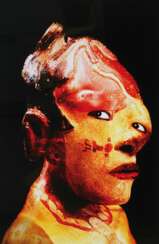


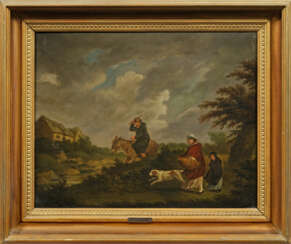

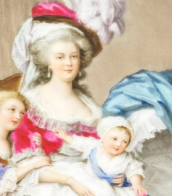



![[AEROSTATICA] - ORLANDI, Francesco - Descrizione della aerobata o macchina aereobatica costrutta dal signor Francesco Orlandi](/assets/image/picture_942490/879bc/ro7fquf1gfnknlvzq3duy-ijfccstob96gssgcd8m5hhp7n9ptcqpwzpr3zai5eo1596201882jpg__fix_374_244.jpeg)
![[AEROSTATICA] - ORLANDI, Francesco - Descrizione della aerobata o macchina aereobatica costrutta dal signor Francesco Orlandi](https://veryimportantlot.com/assets/image/picture_942490/879bc/ro7fquf1gfnknlvzq3duy-ijfccstob96gssgcd8m5hhp7n9ptcqpwzpr3zai5eo1596201882jpg__fix_374_244.jpeg)
